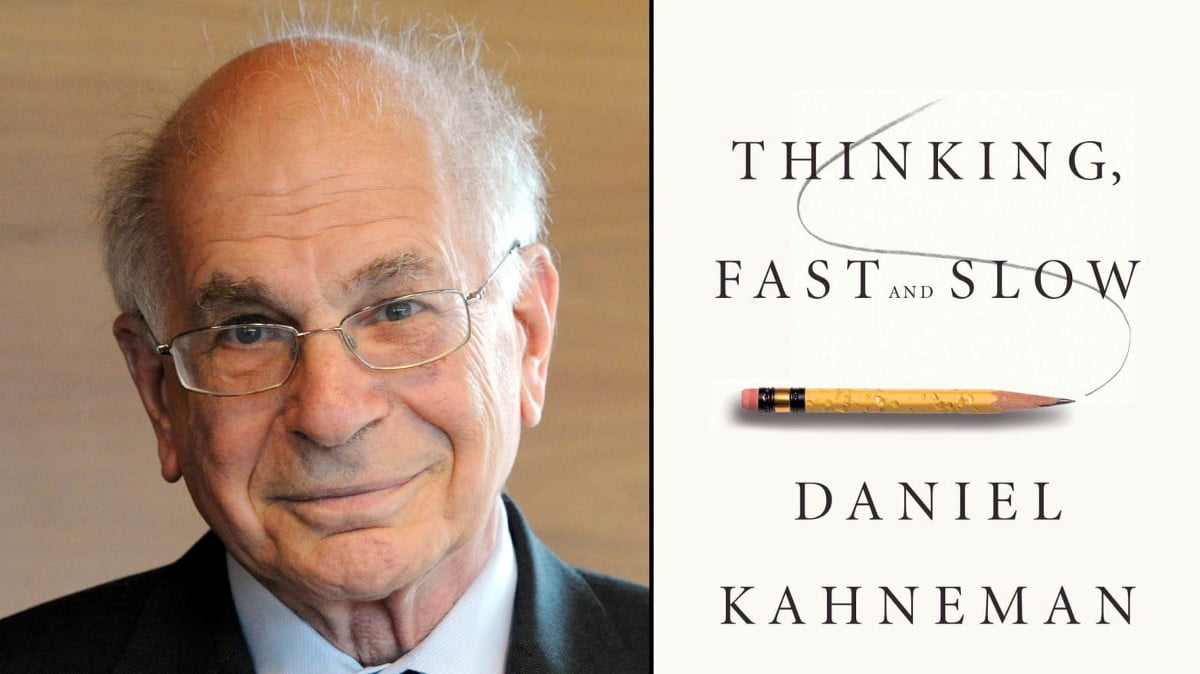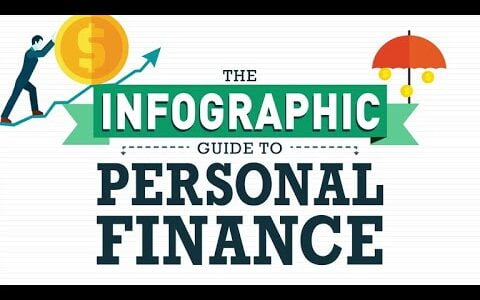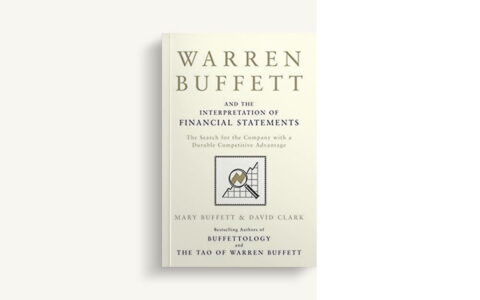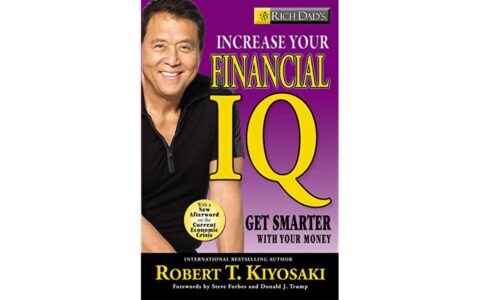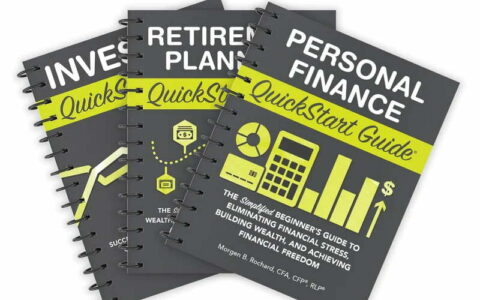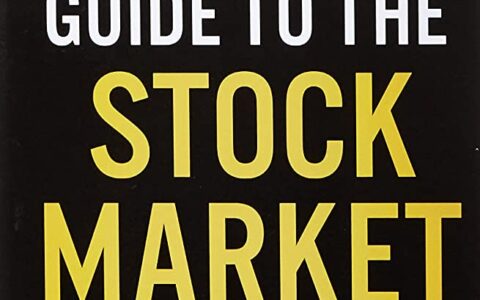Daniel Kahneman’s seminal work, “Thinking, Fast and Slow” (Get from Amazon) has been a revolutionary force in the field of psychology. In this book, Kahneman explores the two systems of thought that drive human cognition: System One and System Two. Through an exploration of the pros and cons of each system, he reveals how both can help us to understand our own behavior and make better decisions. Read on for an in-depth review of “Thinking, Fast and Slow”!
Introduction to the Book
Daniel Kahneman’s Thinking, Fast and Slow is a groundbreaking book on human cognition. In it, Kahneman explores the two systems of thought that drive our decision-making: System 1, which is fast, intuitive, and emotional; and System 2, which is slower, more deliberative, and more logical.
Kahneman shows how these two systems often come into conflict with one another, leading to errors in judgment. He also demonstrates how our beliefs and preferences can be influenced by what he calls ‘cognitive biases.’
Thinking, Fast and Slow is an essential read for anyone interested in understanding how we make decisions. It will change the way you think about your own mind – and about human nature itself.
Overview of Daniel Kahneman’s Theory on Cognitive Processes
Daniel Kahneman’s book, Thinking, Fast and Slow, is a groundbreaking work on human cognition. In it, he posits that there are two systems of thought – System 1 and System 2.
System 1 is fast, automatic, intuitive, and emotional. It is the system we use when we make snap judgments or follow our gut instinct.
System 2 is slower, more deliberative, and more logical. It is the system we use when we need to focus our attention and think carefully about a problem.
Kahneman argues that our System 1 thinking often leads us astray because it is prone to biases and errors. However, by understanding how our cognitive processes work, we can learn to overcome these biases and make better decisions.
System One and System Two Thinking
Kahneman’s groundbreaking book, ‘Thinking, Fast and Slow’, introduced the concepts of System One and System Two thinking. System One is fast, instinctive, and emotional. It is the thinking we do when we drive to work or make a quick decision. System Two is slower, more deliberative, and more logical. It is the thinking we do when we solve a math problem or plan a trip.
Kahneman argues that our brains are not well-suited to making complex decisions. We are prone to biases and errors that can lead us astray. However, by understanding how our minds work, we can learn to make better decisions.
System One thinking is fast, automatic, and often unconscious. It relies on mental shortcuts, or heuristics, that help us make quick decisions without expending too much mental effort. Unfortunately, these shortcuts can sometimes lead to errors in judgment. For example, one common error is called the sunk cost fallacy. This occurs when we continue investing in something (like a stock) even though it is no longer rational to do so because we have already invested so much money (the sunk costs).
System Two thinking is slower and more deliberative. It requires effort and attention. We use System Two when we need to focus on a task or when the stakes are high. For example, most people use System Two when taking a test or making an important financial decision.
Kahneman argues that our System One and System Two thinking styles can interact and influence each other. For example, our gut reactions and intuitions (System One) can be useful in giving us an initial direction, but it is important to use System Two to check our decisions for accuracy and logic.
By understanding the difference between System One and System Two thinking, we can become more aware of our own biases and make better decisions.
Heuristics and Biases: How We Make Decisions
Kahneman’s book covers a lot of ground, but one of the most interesting sections is on heuristics and biases. Heuristics are mental shortcuts that we use to make decisions quickly. Unfortunately, these shortcuts often lead to errors in judgment. For example, the sunk cost fallacy is a common bias that leads us to continue investing in something (like a failing business venture) because we’ve already invested so much in it. The sunk cost fallacy is just one example of how our decision-making can be flawed. Kahneman does an excellent job of explaining other common biases and heuristics, as well as how they can impact our judgments and decisions.
Systematic Versus Intuitive Thinking
The human brain is capable of two different types of thinking – systematic and intuitive. Systematic thinking is logical, analytical, and objective. It is the type of thinking we use when we solve problems or make decisions based on facts and evidence. Intuitive thinking, on the other hand, is subjective, emotional, and often based on gut feeling. It’s the type of thinking we use when we make quick decisions or judgments about people or situations.
Both types of thinking have their advantages and disadvantages. Systematic thinking is slower and more deliberate, but it leads to more accurate results. Intuitive thinking is fast and automatic, but it can sometimes lead to inaccurate judgments.
So which type of thinking is best? The answer may surprise you: both! Daniel Kahneman, in his book Thinking, Fast and Slow, argues that the human brain is best equipped to deal with problems when it uses both types of thinking – systematic for complex problems that require analysis and intuition for simple problems that can be solved with a “gut feeling”.
Strategies for Effective Decision Making
Kahneman’s book offers many strategies for making better decisions, both in our personal lives and in business. Here are a few key ideas:
1. Be aware of your own biases. We all have them, and they can lead us astray if we’re not careful.
2. Take the time to think through decisions carefully. We often make snap judgments that we later regret.
3. Seek out diverse perspectives when making decisions. Other people may see things that we miss.
4. Make sure you have all the relevant information before making a decision. Often, we act on incomplete data and end up regretting it later.
5. Consider the long-term implications of your decisions. What might seem like a good idea in the short-term may not be so wise in the long run.
Application of the Theory in Everyday Life
In his book, Thinking, Fast and Slow, Daniel Kahneman explores the two different systems of thinking that humans use to process information. System 1 is fast, intuitive, and emotional, while System 2 is slower, more deliberative, and more logical.
Kahneman argues that our default mode of thinking is System 1, which can lead to errors in judgment. However, we can use System 2 to override these errors by consciously slowing down and thinking things through more carefully.
So how can we apply this theory to our everyday lives?
One way is to be aware of when we are relying too heavily on System 1 thinking. This might be when we are making decisions based on Gut feelings rather than facts or logic. If we can catch ourselves doing this, we can stop and switch to System 2 thinking instead.
Another way to apply this theory is to create situations in our lives where System 2 thinking is more likely to occur. For example, we can give ourselves time limits for making decisions, so that we don’t have the luxury of sitting around and mulling things over for hours on end. Or we can make sure that we have all the information we need before making a decision, so that we aren’t relying on intuition alone.
By being aware of the differences between System 1 and System 2 thinking, and by creating conditions that encourage System 2 thinking, we can make better choices in our lives – both big and small.
Conclusion
Thinking, Fast and Slow is a revolutionary book that challenges traditional thinking on human cognition. Daniel Kahneman’s insights have reshaped the way we view decision-making, providing us with new tools to make better decisions in our everyday lives. Through his research, Kahneman has demonstrated how our minds can be both incredibly powerful and deeply flawed at the same time. By understanding these flaws, we can use them to develop more effective strategies for dealing with life’s most complex problems.
Get the excellent book now!
Daniel Kahneman is a renowned psychologist and economist, best known for his work in the field of behavioral economics. He is a professor emeritus at Princeton University and a senior scholar at the Woodrow Wilson School of Public and International Affairs. He is a recipient of the 2002 Nobel Memorial Prize in Economic Sciences for his pioneering work in the field of behavioral economics and the psychology of decision-making. He is the author of several books, including “Thinking, Fast and Slow” (2011), which became a bestseller and is considered a classic in the field. His research focuses on the cognitive and emotional factors that influence people’s decisions and judgments, and how these factors can lead to systematic biases and errors in reasoning.
Author:Com21.com,This article is an original creation by Com21.com. If you wish to repost or share, please include an attribution to the source and provide a link to the original article.Post Link:https://www.com21.com/daniel-kahneman-thinking-fast-and-slow.html

